On a diet? A high-protein one may increase your risk of kidney stones
Too much of a good thing – like Vitamin C, calcium and even certain vegetables and nuts – may actually increase your risk of kidney stones. CNA Lifestyle finds out why.
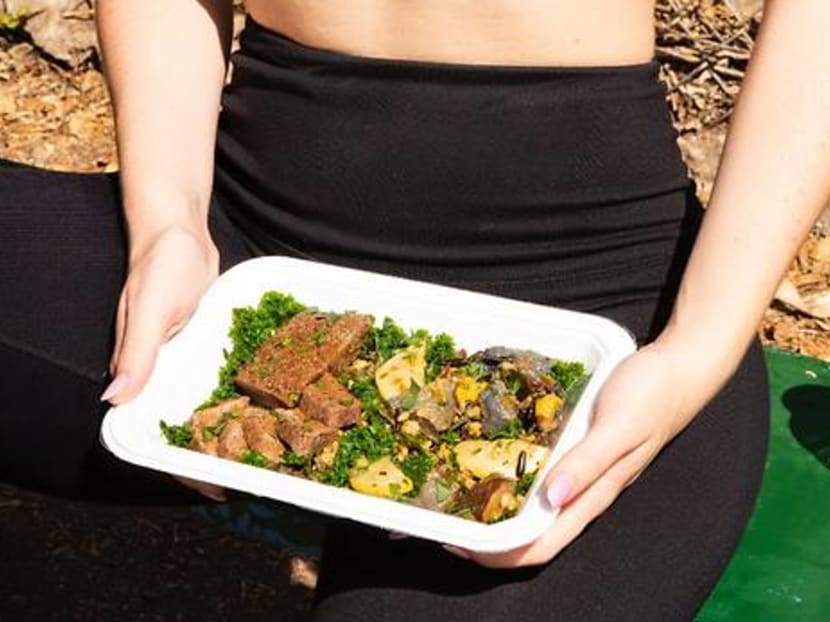
(Photo: Unsplash/Ella Olsson)
There are certain things that you do that are generally accepted as healthy. Like eating your vegetables, going to the gym, or cutting down on soft drinks.
But sometimes, in an ironic twist of events, doing what you think is best for your health could backfire on you. Take kidney stones, for instance. They can be caused by eating too much of certain vegetables. But more of that in a bit.
These hardened accumulations of minerals in your kidneys may be the size of a salt grain or as big as a corn kernel. Larger kidney stones can even be shaped like the horns of a stag, said Dr Tan Yung Khan, an urologist from Urohealth Medical Clinic at Mount Elizabeth Novena Hospital.
“I have seen kidneys filled with multiple stones, and in some cases, the entire kidney is filled with stones,” he said.
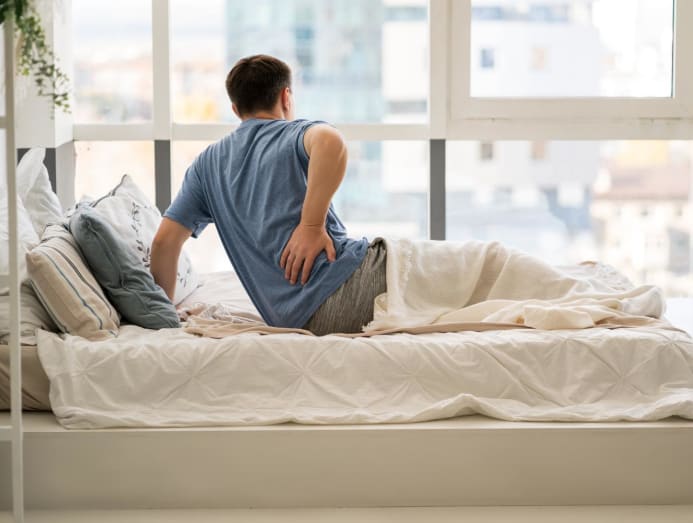
PAIN AKIN TO BEING STABBED
Stones that are still in the kidneys (they can move to other parts of the urinary tract) may not cause any symptoms, and you may not even know of their presence, said Dr Tan.
But if a stone moves into the ureter and causes a blockage, that’s when it can cause pain that has been compared to that experienced in childbirth or being stabbed, according to Healthline.
The pain often starts suddenly, and is caused by the blocked ureter contracting to push the stone out. The awful feeling comes in waves of a few minutes, then goes away before coming back again, noted Healthline.
The excruciating feeling doesn’t stay in one spot either. As the stone travels, you might feel it along your side and back, just below your ribs. When it moves down the urinary tract, the pain may radiate to your belly and groin area.
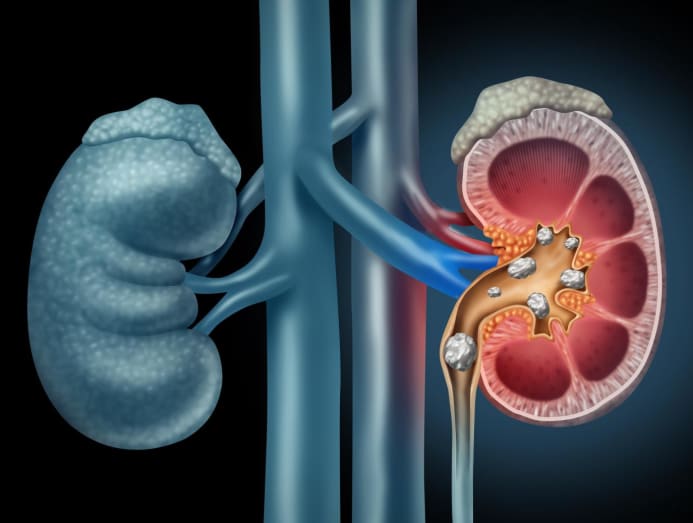
Larger stones certainly cause more pain than smaller ones but sometimes, size doesn’t matter. “The usual stones we see are small ones that get stuck in the ureter which then cause pain,” said Dr Tan.
In addition to pain, there may be signs such as blood in the urine, kidney infection and accompanying fever, and in severe cases, permanent damage to the kidney if not treated, he added.
HOW KIDNEY STONES ARE FORMED
It’s no thanks to the high levels of minerals in your body. Think of kidney stones’ formation this way: If you don’t add enough water when stirring a cup of Milo, you’ll end up with hard lumps in your drink.
The same thing happens in your kidneys when you don’t drink enough water. “Kidney stones are quite common. About one in 10 Singaporeans will get kidney stones. It is slightly more common in males than females,” said Dr Tan.
As for what causes the stones, it is largely determined by what you put – or don’t put enough of – into your body. The common ones, according to Mayo Clinic, are:
Calcium stones: This is the most common type of kidney stones and are often in the form of calcium oxalate; oxalate is a chemical that occurs naturally in certain vegetables. Calcium stones can also be made of calcium phosphate, which is common in metabolic conditions, such as renal tubular acidosis.
It may also be associated with certain migraine headaches or taking certain seizure medications such as topiramate, according to the Mayo Clinic.
Struvite stones: These usually form in individuals with urinary tract infections – sometimes, with little warning. The stones can grow quickly and become quite large, though there may not be signs.
Uric acid stones: As the name implies, these stones are caused by an accumulation of uric acid. It typically happens in people who don’t drink enough fluids, and those who eat a high-protein diet or have gout.
Cystine stones: These stones are prone to occur in individuals with a hereditary disorder, where their kidneys excrete too much of an amino acid known as cystinuria.
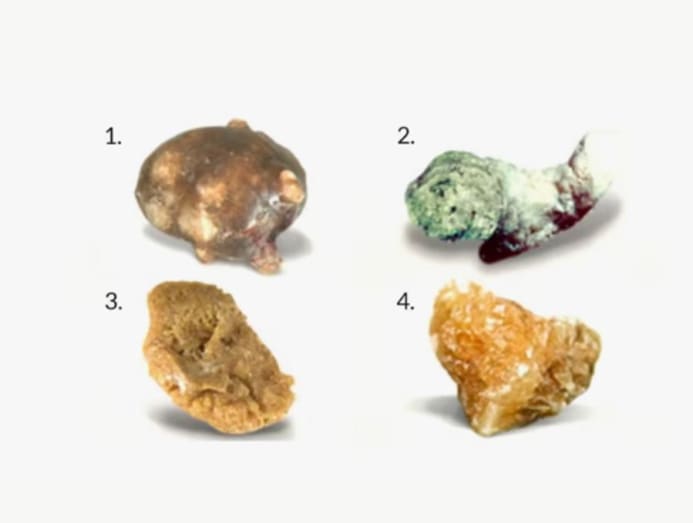
WHEN HEALTHY HABITS MAY CAUSE KIDNEY STONES
Consuming too much of the “bad” stuff such as meat, salt and soft drinks can increase your risk. But certain fruits and vegetables, too? So, which is the more likely cause of kidney stones?
“The most common causes of kidney stones in Singapore are related to insufficient fluid intake, too much salt in the diet and too much protein,” said Dr Tan.
Still, it is interesting to note that too much of a good thing can be bad for you. Here are some examples of healthy habits or intentions that may increase your risk of or exacerbate your kidney stones:
- YOU POP VITAMIN C LIKE CANDY
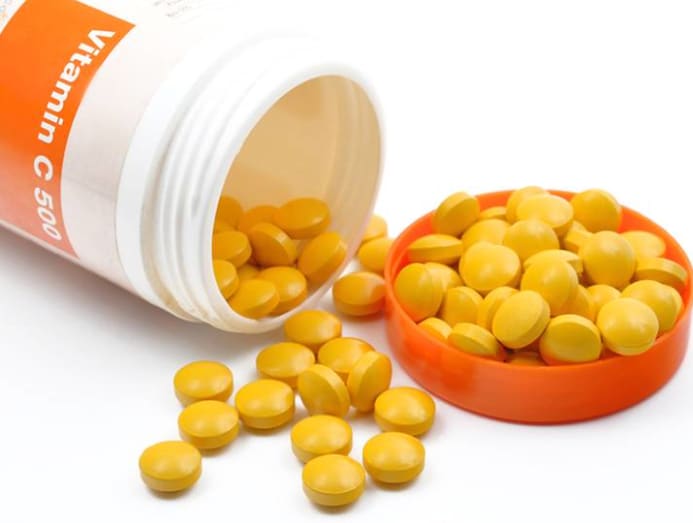
Too much Vitamin C can be an issue as it combines with calcium to form calcium oxalate – a precursor to certain kinds of kidney stones.
“Vitamin C in high doses is a problem,” said Dr Tan. And by that, he means doses of more than 500mg per day. “In fact, I would rather my patients keep to a maximum of 200mg per day,” he said.
- YOU TAKE CALCIUM SUPPLEMENTS
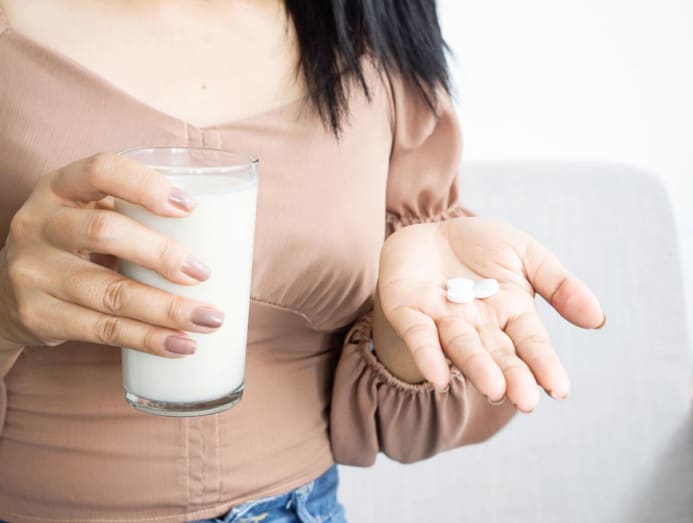
Calcium supplementation in large quantities, and when taken separately from meals, may set you up for kidney stones, according to a study published in the Translational Andrology And Urology (TAU) journal.
But calcium is necessary for strong bones, and it is lacking in Singaporeans' diets, said Dr Tan. Furthermore, although it sounds paradoxical, calcium can also prevent kidney stones. “Calcium in the diet binds to the oxalate in food, thus preventing the absorption of the oxalate, which is a key component of some types of kidney stones,” said Dr Tan.
In fact, the solution to stone prevention may be as simple as meeting your daily calcium intake of 1,000mg per day, according to The University Of Chicago’s Kidney Stone Evaluation And Treatment Program. If calcium supplements are needed, the TAU study recommended taking them with a meal, especially for those who are prone to developing stones.
But if boosting your calcium intake doesn’t lower your urine oxalate level, the same programme suggested watching your oxalate intake. A typical diet has at least 200mg to 300mg of oxalate. To prevent kidney stones, a reasonable goal is below 100mg of oxalate daily, or ideally, about 50mg daily.
- YOU EAT A LOT OF SPINACH AND NUTS
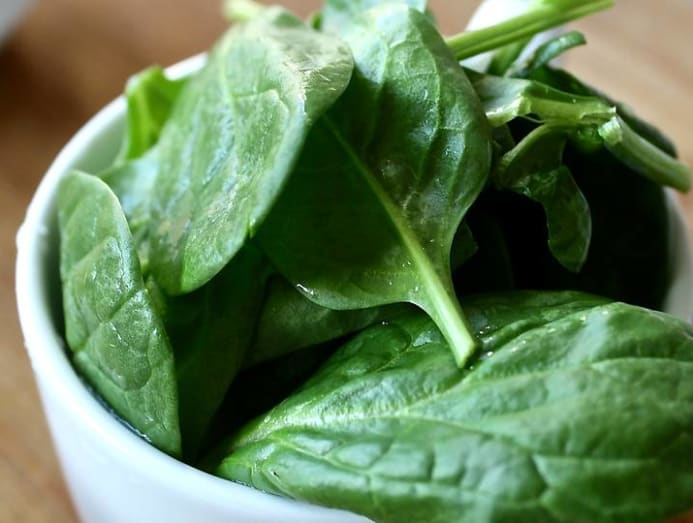
Some greens have more oxalate than others. For instance, spinach, beet, beans, potato and yam are known to be oxalate powerhouses.
But that doesn’t mean you cut them out completely as they also “have protective effects against kidney stones,” said Dr Tan. “Vegetables make urine more alkaline – and alkali helps inhibit stone formation. My usual advice for patients with oxalate stones is to abstain from taking too much spinach,” he said. Other healthy foods such as nuts and seeds are loaded with oxalate, too.
So, if you are prone to kidney stones (indications include a personal or family history, obesity, and medical conditions such as renal tubular acidosis and urinary tract infection) but like to start your morning with a granola bowl topped with almonds and pumpkin seeds, you might want to hold back.
- YOU’RE ON A HIGH-PROTEIN DIET TO LOSE WEIGHT
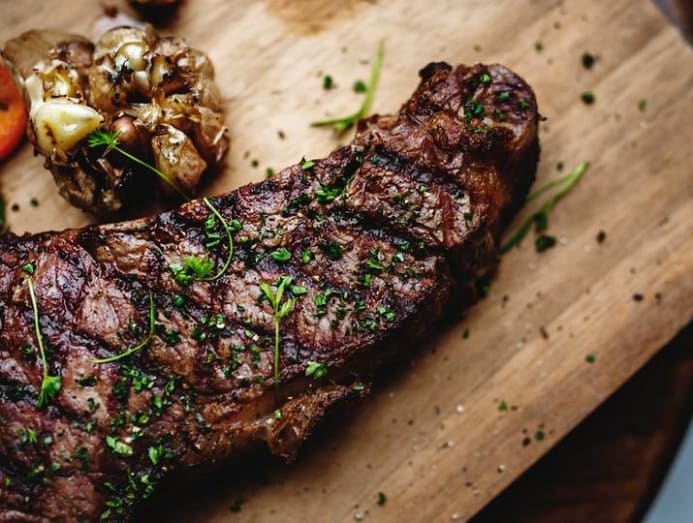
It is always a good idea to keep a lid on your weight as a high BMI has been linked to many health issues including heart diseases, diabetes and, yes, kidney stones.
But if you are at risk of developing kidney stones, going on a high-protein diet to lose weight isn’t a good idea. Eating too much animal protein, such as red meat, poultry and seafood, boosts the level of uric acid, according to Harvard Health. A high-protein diet also reduces levels of citrate, the chemical in urine that helps prevent stones from forming.
"Another factor with a high protein intake is that it causes increased acidity in the urine. Increased acidity predisposes one to many types of kidney stones," said Dr Tan.
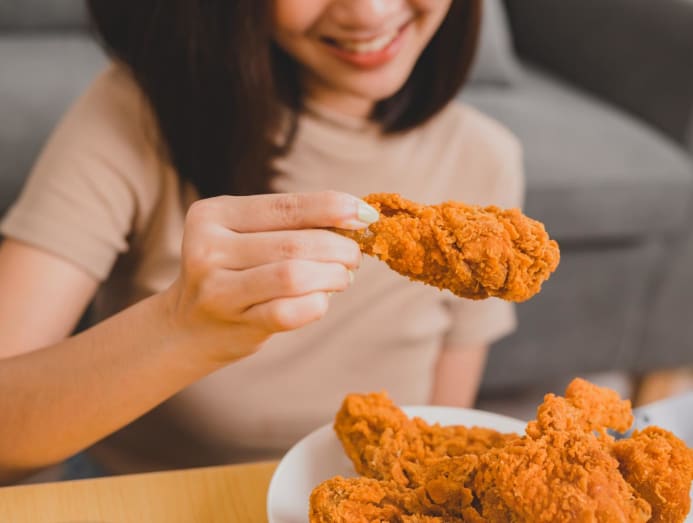
MANAGING KIDNEY STONES
Depending on the size of the stone, the treatment varies. “With small stones that cause minimal pain and no signs of infection, we can attempt medical expulsive therapy (MET),” said Dr Tan. This is essentially a prescription of alpha blocker medication to relax the muscles in your ureter to make it easier for the stone to pass, along with drinking lots of water.
Painkillers may also be given because even passing a small stone can cause severe discomfort. Large stones that can’t be rid of through passing urine will need more extensive treatment.
According to Dr Tan, this can “range from shockwave therapy, scopes and lasers, and sometimes, tiny punctures made in the kidney to clear the larger stones”.
The shockwave therapy or extracorporeal shock wave lithotripsy (ESWL) uses sound waves to create intense vibrations to break the stones into tiny pieces that can then be passed in your urine. The process lasts under an hour, and you’ll be sedated.
Sometimes, the treatment method used may not successfully eliminate all the stones; for instance, stone fragments of various sizes may remain after a session of ESWL, according to the National Kidney Foundation in the US. A repeat procedure – or a different procedure – may be needed.
In such instances, a procedure called percutaneous nephrolithotomy may be performed to surgically remove stones that ESWL can’t dislodge. It is done using small telescopes and instruments inserted through a small incision in the back.
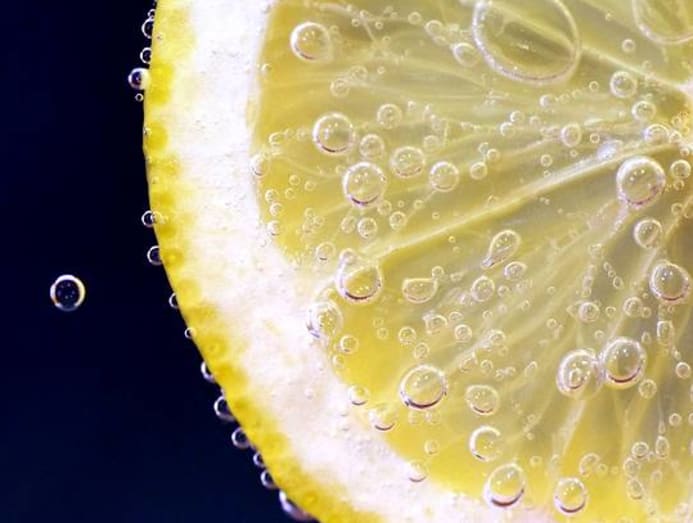
Unfortunately, if you have had a kidney stone, there is a 50 per cent chance you’ll have another in five to 10 years, said Dr Roger Sur, director of the UC San Diego Comprehensive Kidney Stone Center. There are certain foods such as lemons that may bring down the recurrence.
Citrus fruits are good inhibitors of kidney stones, and lemons are the best as they contain the highest concentration of citrate, said Dr Sur. In his study, it was found that drinking about 120ml of reconstituted lemon juice in two litres of water per day decreased the rate of stone formation from 1.00 to 0.13 stones per patient.
Dr Tan also encourages his patients to include more citrus fruits in their diet, along with the following advice:
- Drink six to eight cups of water per day or enough fluid to achieve light-coloured urine.
- Reduce salt intake to not more than 5g per day.
- Aim for moderate protein intake, which works out to 1g of protein to every 1kg of your weight. For instance, one to two eggs in the morning, 50g of salmon for lunch and 50g of ground beef for dinner.






